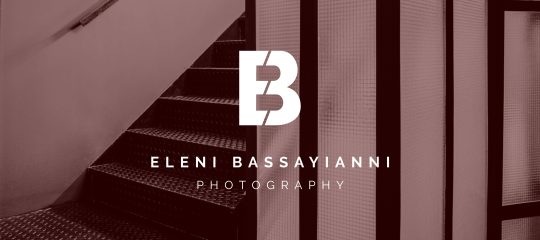Monument for the Korean War dead
The Monument for the Korean War dead consists of 4 votive columns and at the centre of the monument there are carved representations of dragons, lion, sixteen-pointed star and other Korean symbols.
Location
Timeline
Modern and Contemporary era (1912 - )
1994 Placed on this spot.





Share